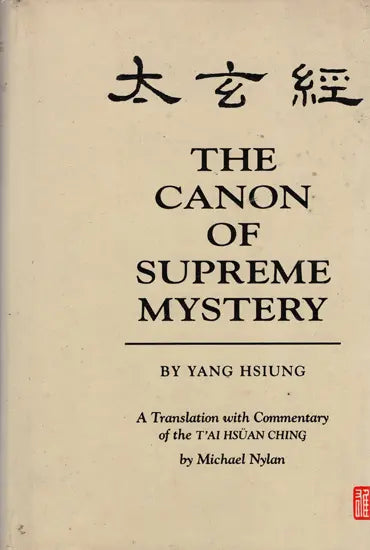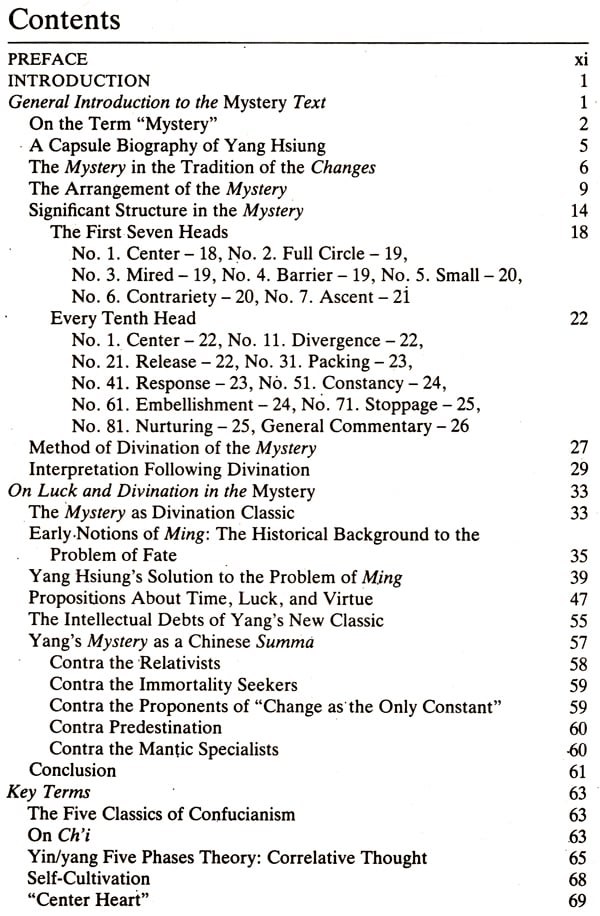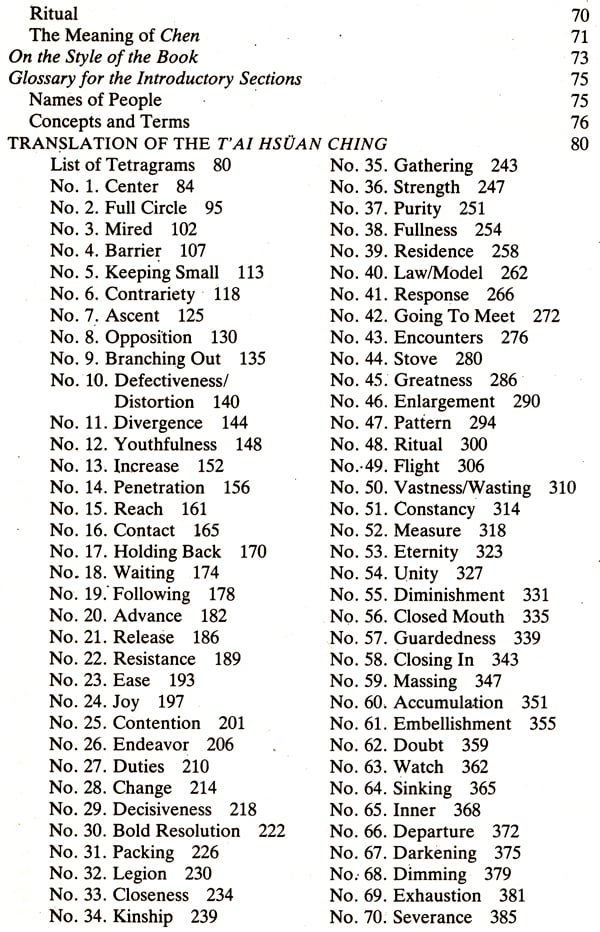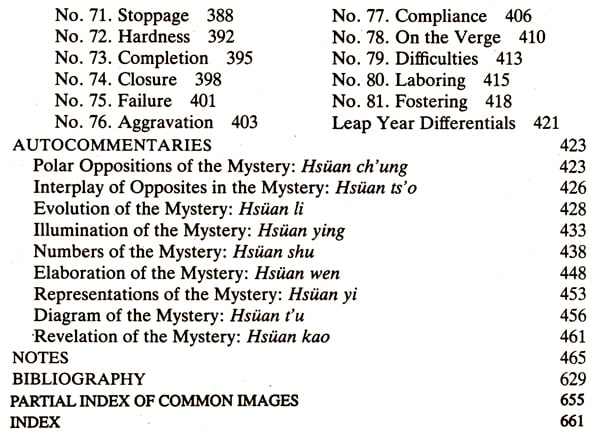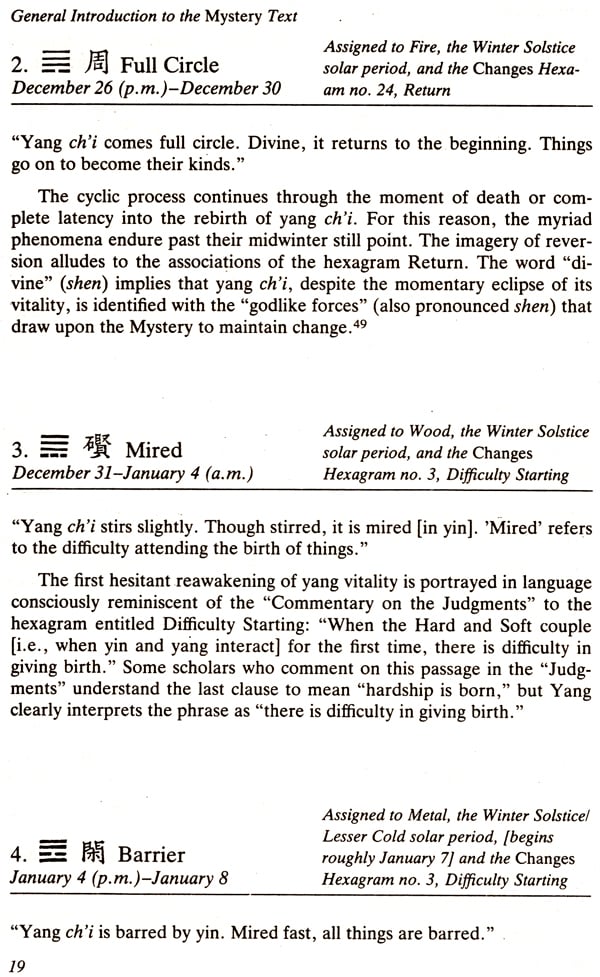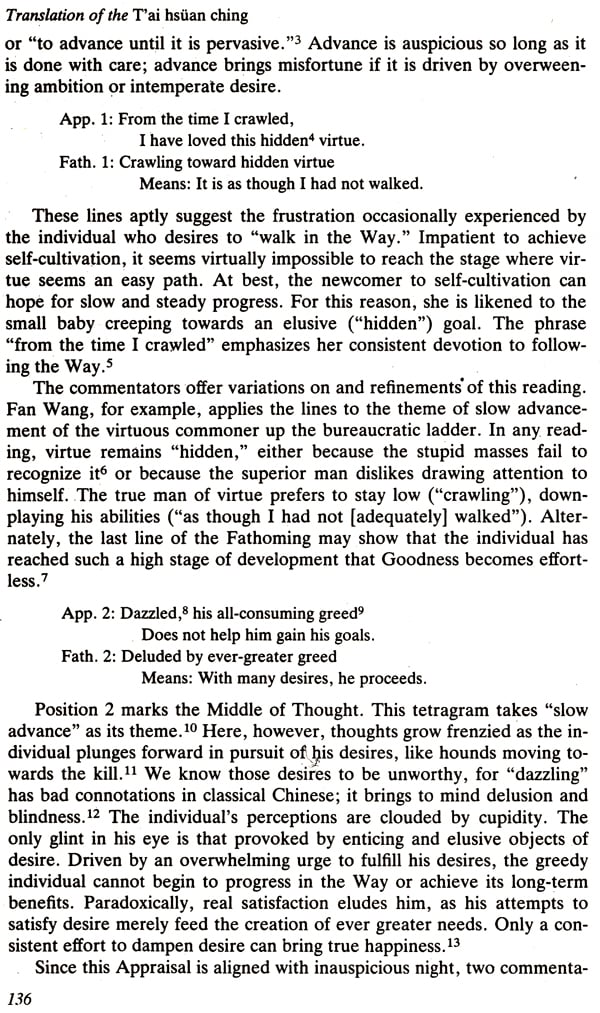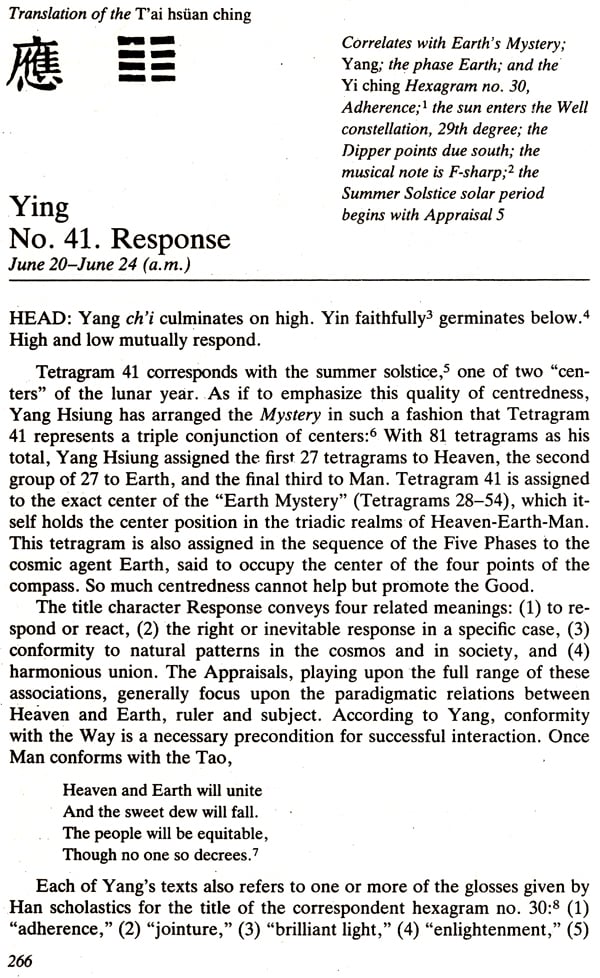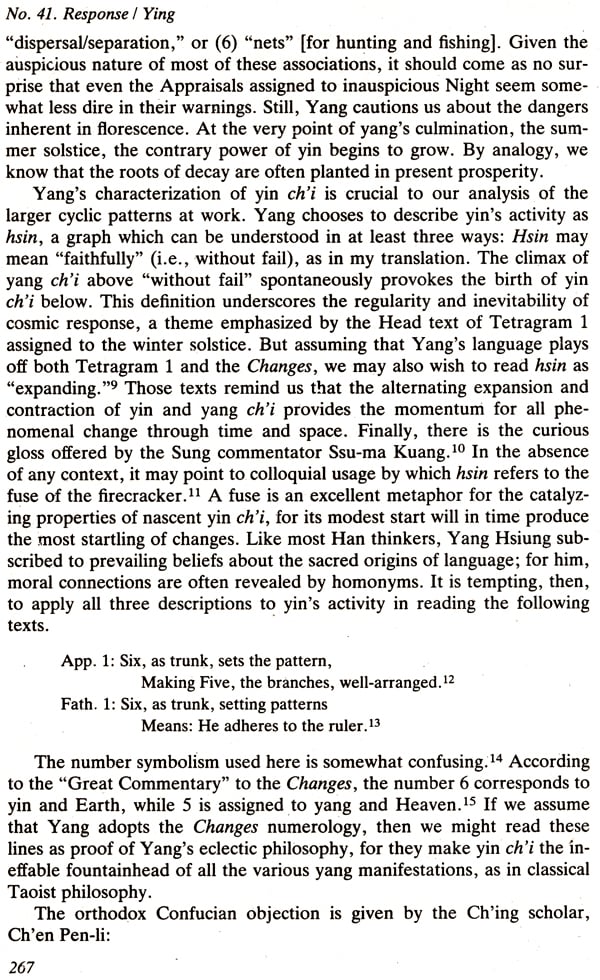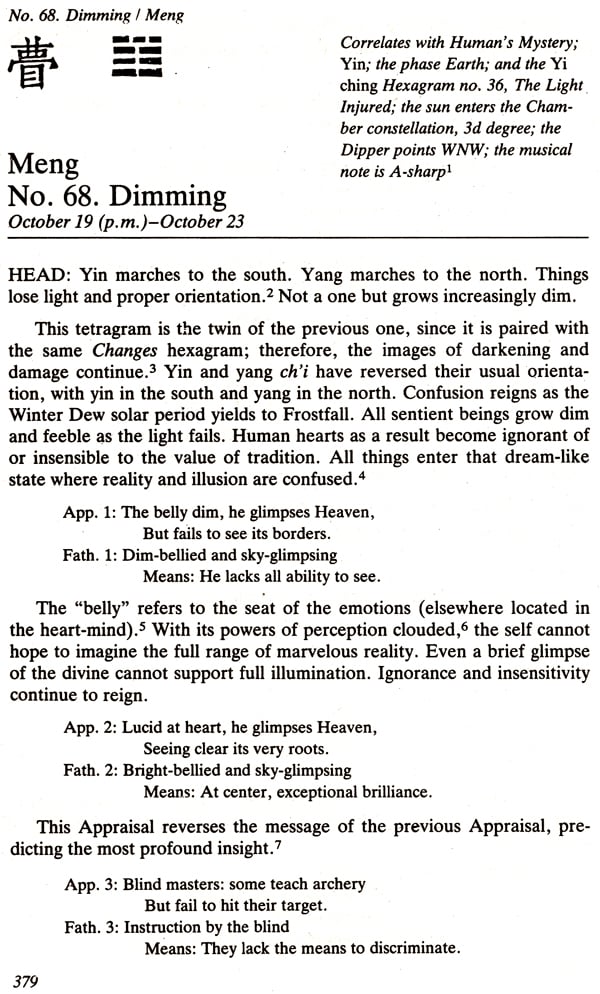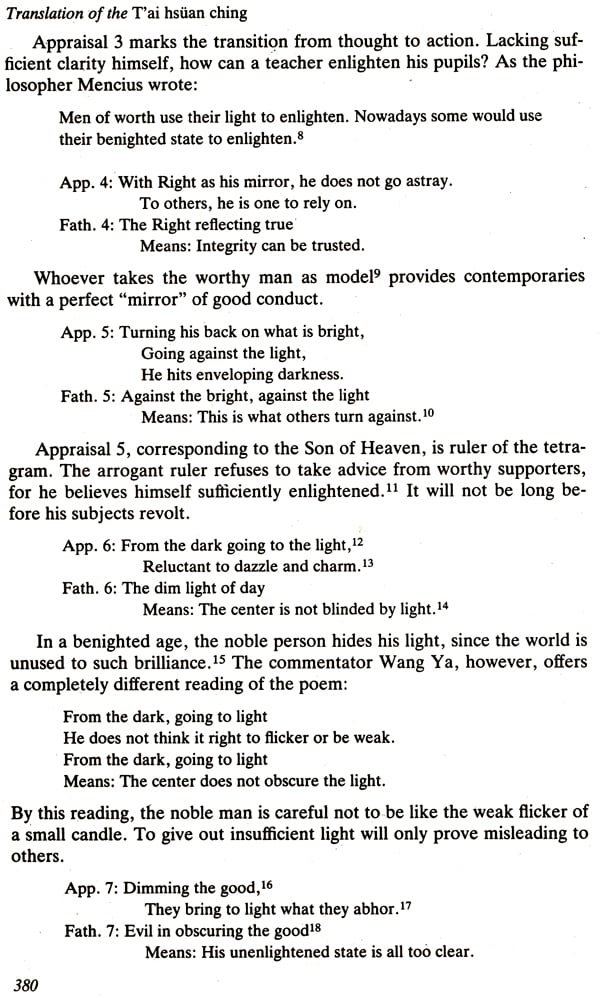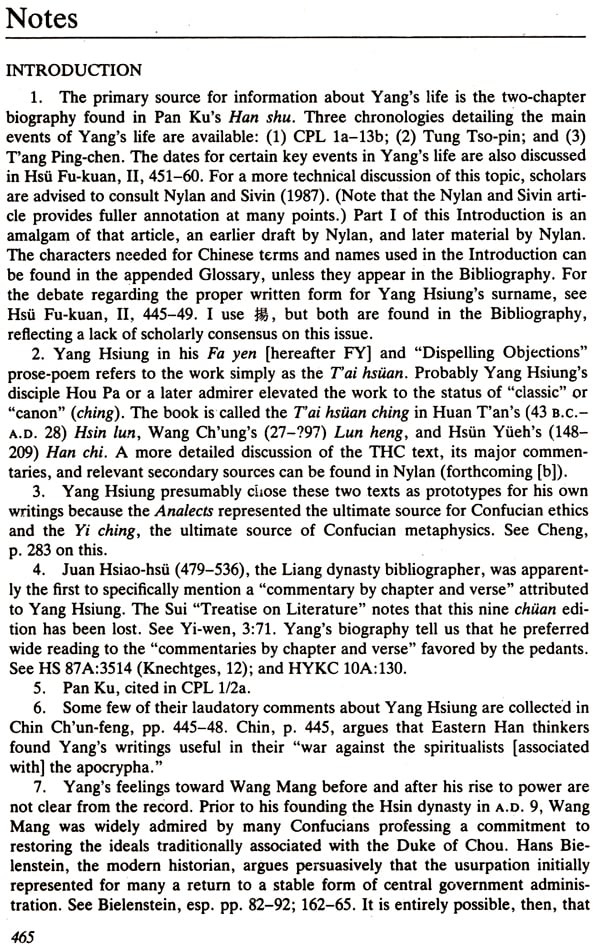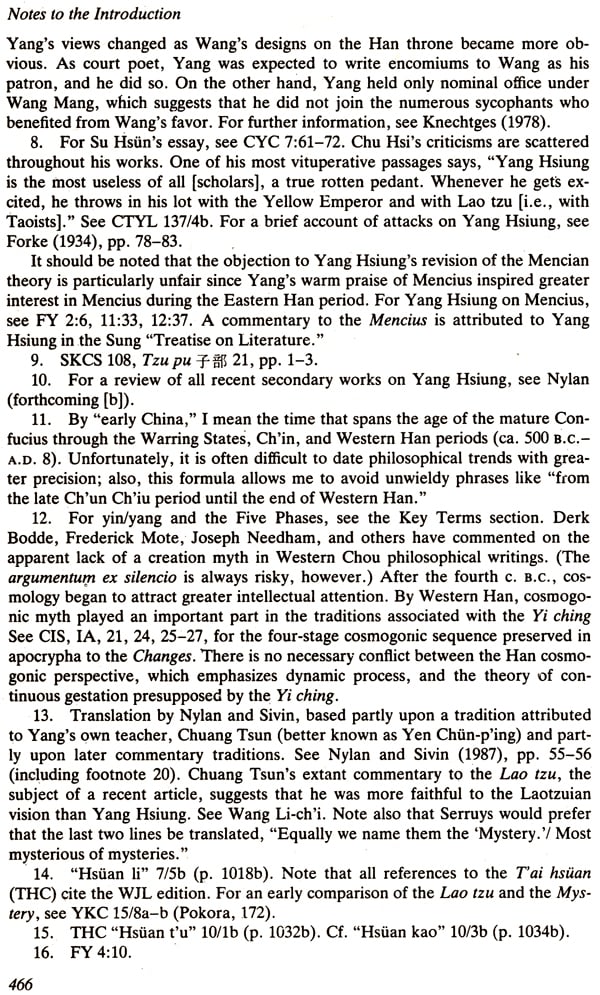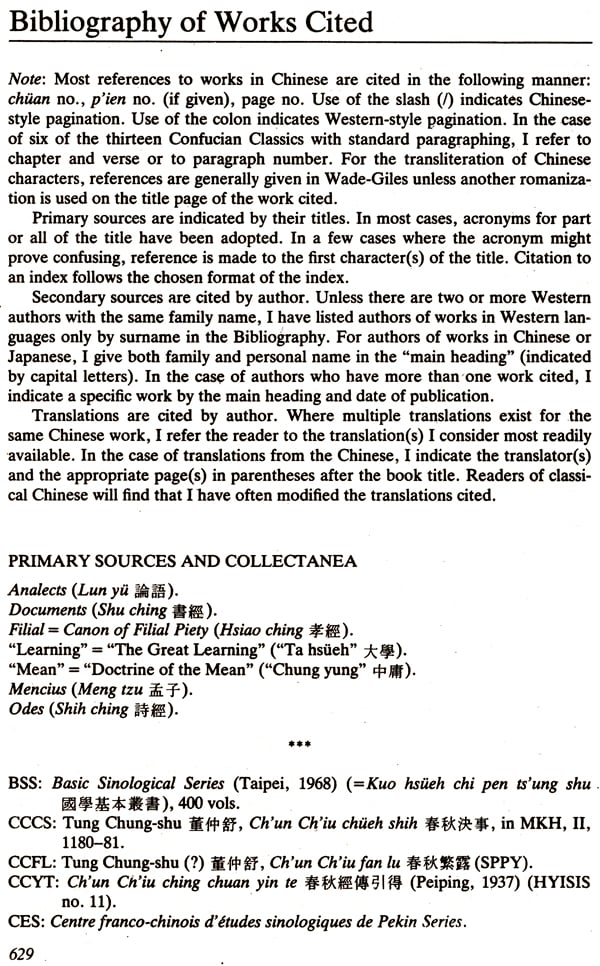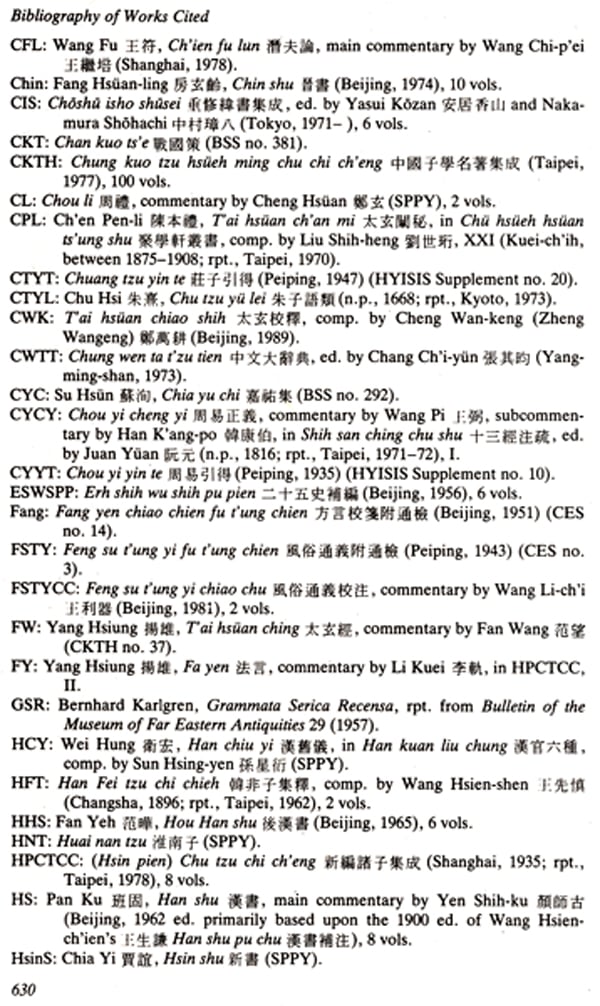The Canon of Supreme Mystery (An Old and Rare Book)
The Canon of Supreme Mystery (An Old and Rare Book) is backordered and will ship as soon as it is back in stock.
Couldn't load pickup availability
Genuine Products Guarantee
Genuine Products Guarantee
We guarantee 100% genuine products, and if proven otherwise, we will compensate you with 10 times the product's cost.
Delivery and Shipping
Delivery and Shipping
Products are generally ready for dispatch within 1 day and typically reach you in 3 to 5 days.
-
Book Title: The Canon of Supreme Mystery
-
Author: Michael Nylan
-
Publisher: Sri Satguru Publications
-
Language: English
-
Edition: 1995
-
ISBN: 8170304477
-
Pages: 700
-
Cover: Hardcover
-
Dimensions: 23 cm x 15 cm
-
Weight: 870 gm
Book Description
This book is a translation, with commentary and a detailed introduction, of the T’ai hsuan, the only major work of Han philosophy that remains in complete form. It provides an insightful look into Chinese history, philosophy, and culture, specifically from the Han period (206 B.C. to 220 A.D.). Yang Hsiung’s interpretations drew upon pre-Han sources and dominated Confucian learning for centuries, making this work an essential resource for understanding early Chinese thought.
The T’ai hsuan is a philosophic poem on par with the works of Lucretius. It also restates Confucian doctrine while addressing criticisms from rival schools, including Mohism, Taoism, Legalism, and Yin-Yang Five Phase Theory. This text laid the intellectual groundwork for the Chinese state from 134 B.C. to 1911 and influenced the philosophical foundations of Japan and Korea as well.
About the Author
Michael Nylan is a Professor of Modern and Ancient Chinese Studies at Bryn Mawr College.
Preface
The T’ai hsuan occupies a unique place in Chinese intellectual history, comparable to Thomas Aquinas' Summa Theologica in the West. Written by Yang Hsiung (53 B.C.-A.D. 18), it provides the best remaining insight into the early Han period. Despite its importance, this work had not been translated into any Western language until now. The T’ai hsuan serves as a divination manual and a philosophical treatise, assessing the conflict between fame, power, immortality, and human destiny, all within a cosmic framework.
The work was heavily influenced by Confucian ideals but also incorporated Taoist and Legalist philosophies. Yang’s insistence on ritual, social hierarchy, and the Five Constant Relations set his philosophy apart from that of Lao Tzu, who emphasized non-action and spontaneity.
Acknowledgements
Michael Nylan credits Nathan Sivin, Father Paul Leo-Mary Serruys, and other scholars for their invaluable contributions in translating and analyzing this text. Special thanks are also given to individuals who provided scholarly and technical support throughout the project.
Introduction
Yang Hsiung’s Canon of Supreme Mystery (ca. 4 B.C.) is one of the most important surviving texts from early Chinese philosophy. It is a response to the Book of Changes (Yi ching) and draws from numerous philosophical traditions, blending Taoism and Confucianism. The work continued to influence Chinese philosophy for over a millennium and provided inspiration for the post-Han "Mystery Learning" movement.
Yang’s philosophy in the T’ai hsuan emphasizes the interplay of cosmic energies, including the balance of yin and yang. It bridges the gap between the inexpressible and the tangible, offering a cosmological perspective on human endeavor. The text insists on the importance of ritual, order, and the proper conduct of individuals in relation to their social roles.

